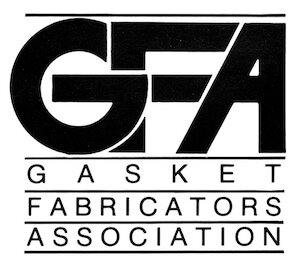FDA Grade Translucent Silicone
ElastaPro’s FDA grade translucent silicone is designed for food contact applications and meets the requirements of 21 CFR 177.2600. Choose solid silicone sheet or uncured compound in durometers ranging from 30 to 80 (Shore A). This FDA food grade silicone is odorless, tasteless, and excellent for seals and gaskets because it’s made with high-quality raw materials.
FDA Grade Translucent Silicone Sheet
FDA grade translucent silicone sheet is available in thicknesses from .010” to .500” and in widths up to 60”. This FDA approved silicone arrives ready for die cutting and supports flash cutting, water jet cutting, and other fabrication methods. For higher-volume applications, ElastaPro supplies silicone rolls made of FDA grade translucent silicone.
FDA Grade Translucent Silicone Compound
FDA grade translucent silicone compound is catalyzed and arrives ready for curing. This food grade silicone supports molding, calendering, and extrusion. Materials are supplied rolled up off the mill or in sheet form that’s approximately .250″ thick with a poly liner. Like our silicone sheeting, our FDA grade translucent silicone compound has low minimum order quantities (MOQs).
Material Properties
ElastaPro’s materials are available in 30, 35, 40, 50, 60, 70, and 80 durometers and can withstand a wide temperature range without losing elasticity. The table below describes some of its material properties and contains links to technical data sheets where you can find more information.
| Product | Durometer (Shore A) | Tensile Strength (psi) | Elongation (%) | Tear, ppi |
| ESS30FDA | 30 | 800 | 800 | 80 |
| ESS35FDA | 35 | 800 | 700 | 90 |
| ESS40FDA | 40 | 800 | 700 | 100 |
| ESS50FDA | 50 | 950 | 600 | 105 |
| ESS60FDA | 60 | 850 | 500 | 105 |
| ESS70FDA | 70 | 900 | 400 | 110 |
| ESS80FDA | 80 | 950 | 30 | 100 |
Food and Beverage Applications
Applications for ElastaPro’s FDA grade silicones include:
- Seals and gaskets in processing equipment for dairy, meats, and beverages, including milk, juice and beer.
- Tubing for the hygienic transfer of liquids like syrups, juices, and milk.
- Bakeware molds, baking mats, oven seals, and other products that require high heat resistance.
- Conveyor belts for transporting food items during processing and packaging
- Kitchenware such as utensils, bottle nipples, and container seals.
Ask ElastaPro for FDA Approved Food Grade Silicones
ElastaPro’s FDA grade translucent silicone is a popular choice among food grade silicones. However, we offer a rainbow of silicone colors, including:
We maintain a large inventory of stock items but can also custom manufacture the FDA approved silicones you need. In addition, we offer metal detectable silicones.

